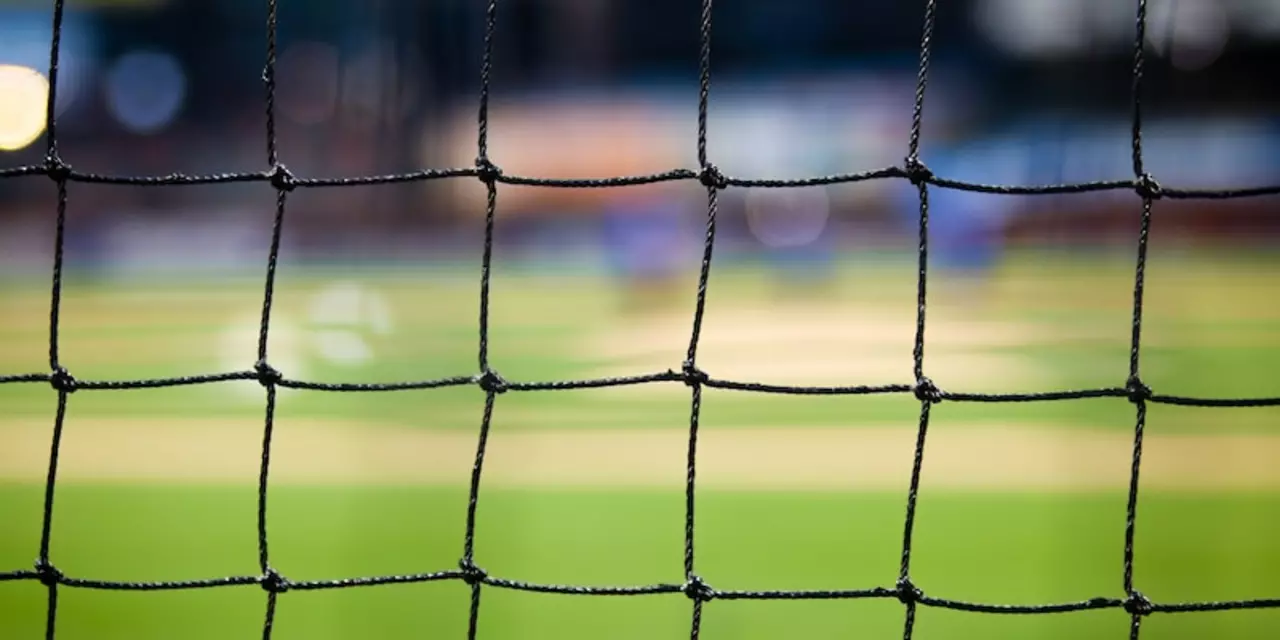Soccer Strategy and Tactics: Master the Game’s Hidden Playbook
When you dive into Soccer Strategy and Tactics, the study of how teams organize, move, and decide during a match. Also known as game tactics, it blends theory with split‑second decisions on the pitch. If you want to sharpen your soccer strategy skills, start by understanding the core ideas that shape every successful side.
Key Concepts to Explore
One of the building blocks is Formations, the structural layout of players on the field, like 4‑3‑3 or 3‑5‑2. Formations dictate where each player lives, what spaces they protect, and how the team transitions from defence to attack. Another essential element is Pressing, the coordinated effort to win the ball back high up the pitch. Effective pressing requires high team stamina, quick decision‑making, and a shared understanding of trigger moments. Finally, Set‑piece routines, planned plays for free kicks, corners, and indirect throws can swing tight games; rehearsed movements and timing often decide who scores the decisive goal.
These concepts don’t exist in isolation. Soccer Strategy and Tactics encompasses formation planning, which in turn influences pressing style and set‑piece design. A team that lines up in a narrow 4‑2‑3‑1 may favour high‑press, while a wider 3‑5‑2 might rely on quick transitions and aerial set‑pieces. The mental load on players varies too—goalkeepers constantly anticipate, midfielders read several moves ahead, and defenders must stay one step ahead of attackers. That mental challenge shows up in our article “Which soccer position is mentally challenging?” where we break down the cognitive demands of each role. Understanding these mental aspects helps coaches assign tasks that match a player’s mental strengths, not just physical traits.
Data and video analysis have become the backbone of modern tactics. Coaches now scan opponent patterns, quantify pressing success rates, and tweak set‑piece placements based on statistical insights. This analytical layer ties directly back to our core entities: formations are adjusted when data shows a vulnerability, pressing intensity is calibrated using heat‑maps, and set‑piece runs are rehearsed after spotting defensive weaknesses. By the time you finish reading the posts below, you’ll have a clear picture of how each tactical piece fits together, why certain positions feel more mentally taxing, and what practical steps you can take to improve your own game plan.
- By Colton Westwood
- /
- 27 Feb 2023
Which soccer position is mentally challenging?
Soccer is a game that requires players to use both physical and mental skills. Depending on the position, some require more mental effort than others. Goalkeepers, for instance, must always be alert and quick to react, while midfielders need to think ahead and plan their moves. Defenders need to anticipate the opponent's plays and defenders must be able to read the game and make effective decisions. All players need to be able to think on their feet and make quick decisions in order to be successful. Overall, soccer is a mental game as well as a physical one.



